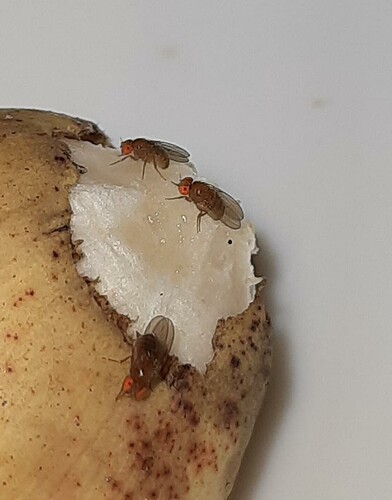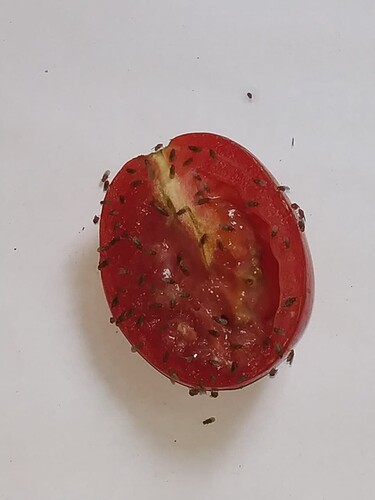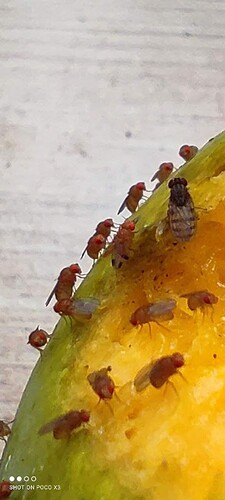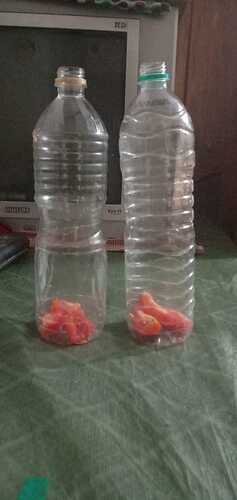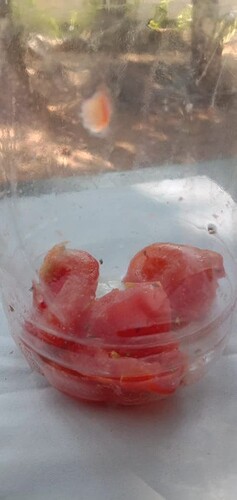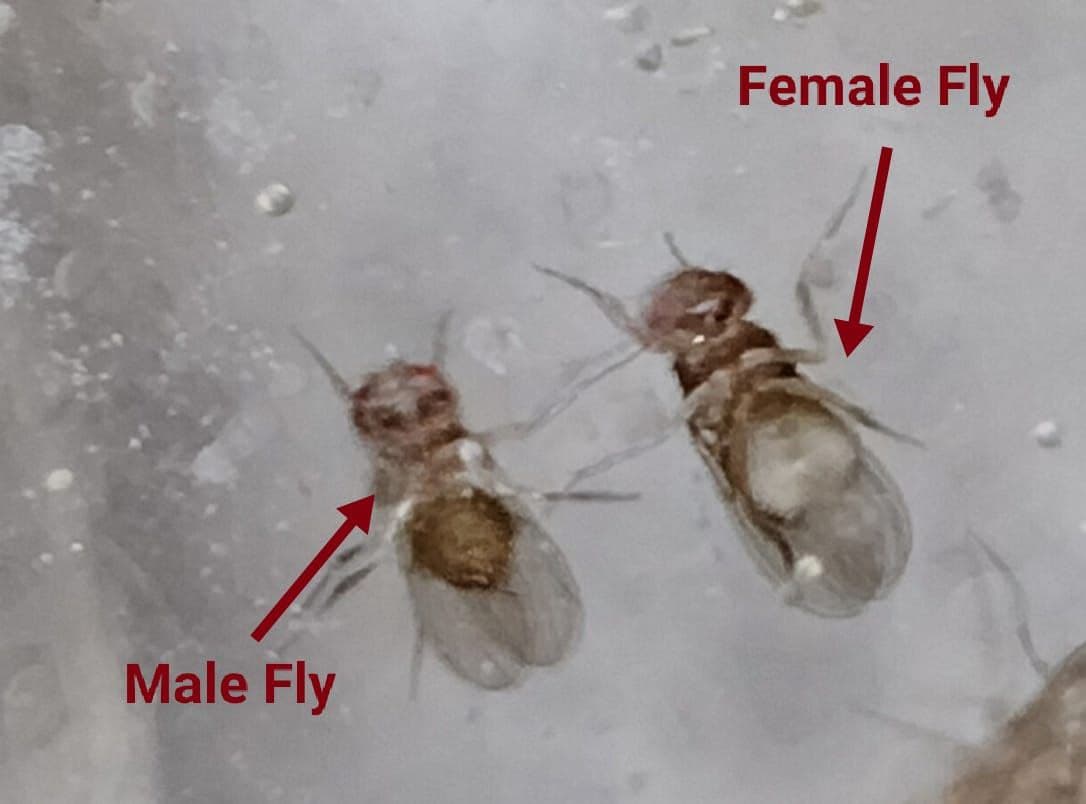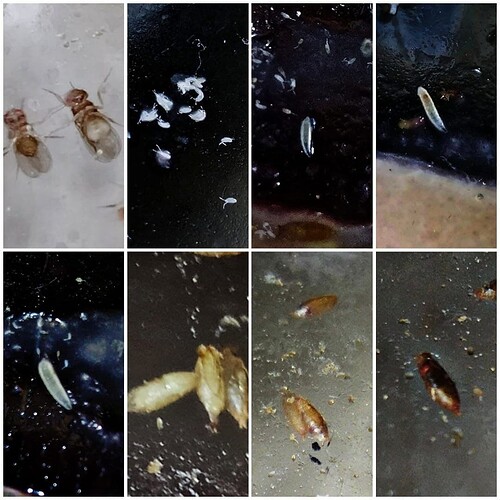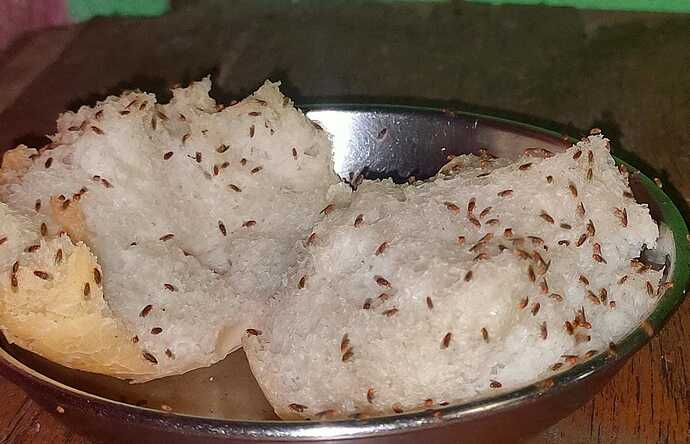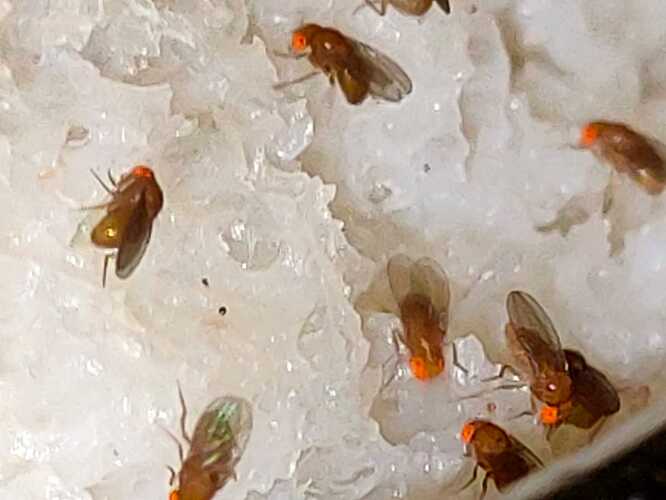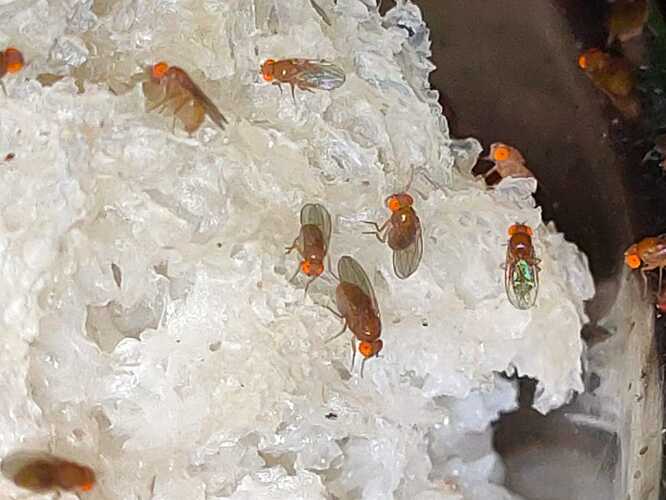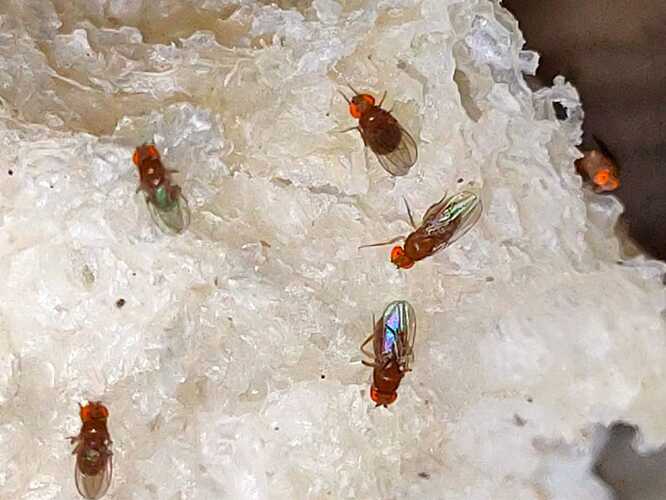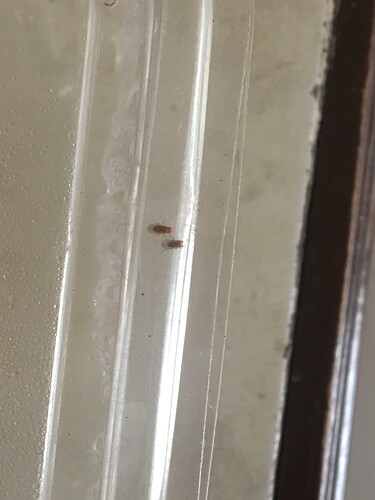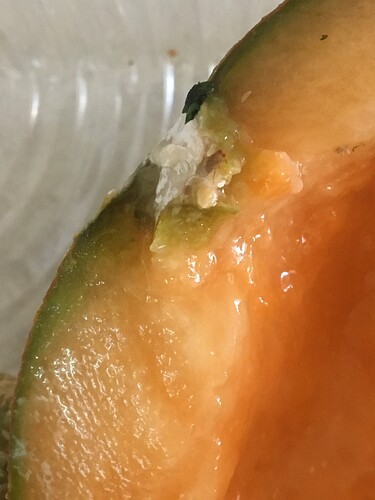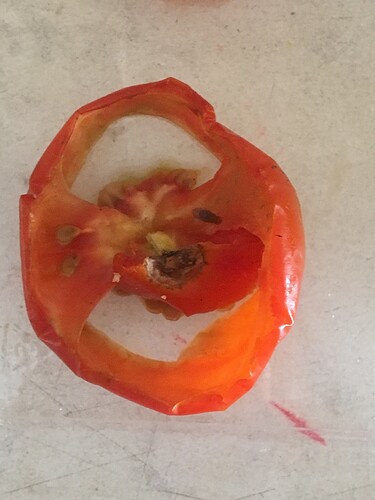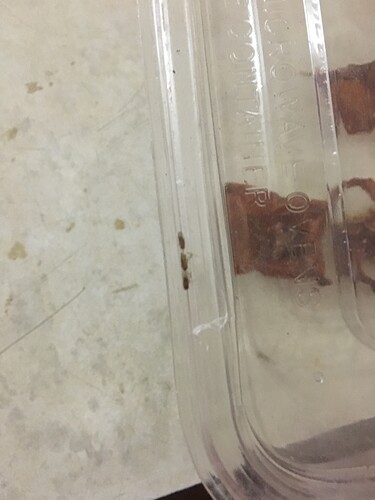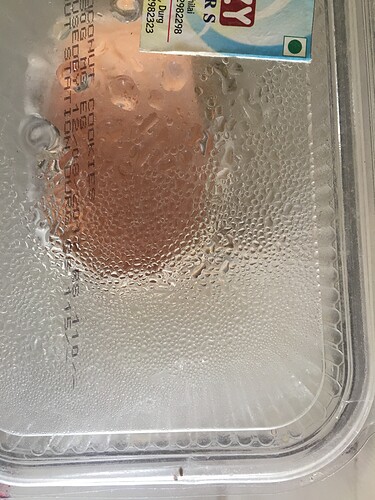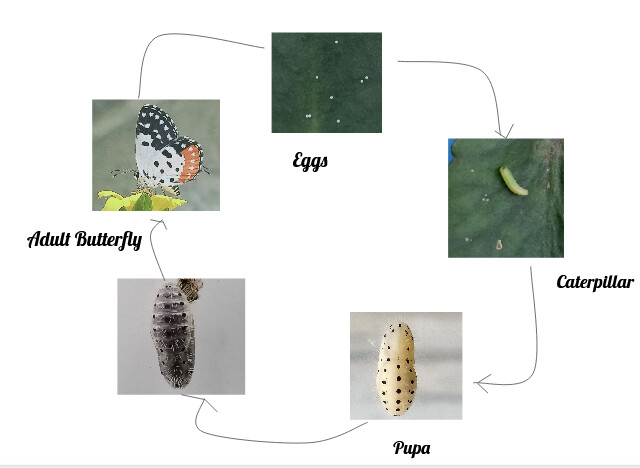
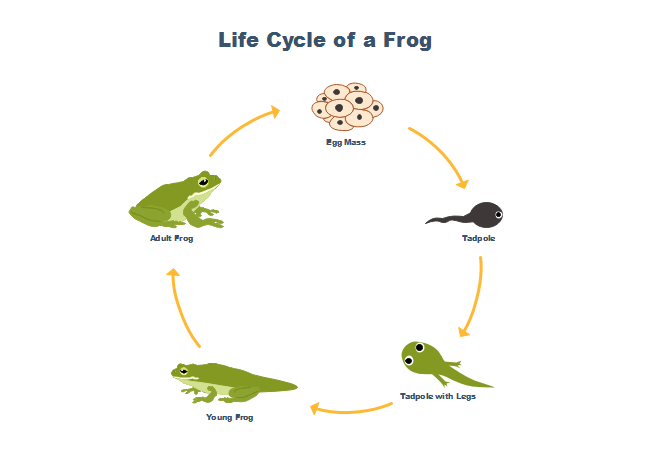
Why does the caterpillar looks so different from an adult butterfly? How does this beautiful butterfly has emerges out, this has to undergo various stages that’s from a small egg to a crawling Hungary larva and to a stable pupa, then what happens to pupa thereafter? Isn’t amazing to find out these various changes an insect is going through before converting in to a beautiful adult ?
Since schools, colleges and labs are not accessible due to current situation of pandemic than how do we study life cycle of insects? Can you think of any idea or approach to study life cycle of an insect at home?
Which insect you would choose to study it’s life cycle? how about those small, red eyed color flies buzzing around near your kitchen, probably around fruits and vegetables and garbage area?
Let’s try to make a design to study the life cycle:
What’s name of these flies? Since they are attracted to fruits can we call them fruit flies?
Where do we locate them?
How do we identify them?
How do we trap them?
How to identify different stages of life cycle?
As these flies are mostly found near fruits, vegetables, and near dustbin where the leftover of fruits and vegetables being thrown then why not to keep any fruit or vegetable to attract them?.
Which fruit and vegetable you would use to attract those flies?
Where would you keep these slices of fruit and vegetables? e.g. in kitchen, in garden, on terrace and near the window of room?
What are the other insects you think would also get attracted to fruit pieces? e.g. Ant, Mosquito, House fly etc., How do you identify a fruit fly among other insects?
How would you collect the data?
upload photos of your set up and observations
For e.g.
A Banana was kept near Kitchen garbage bin on a piece of plain paper, three fruit flies were observed after 1 hour of keeping banana, Flies were of 3 mm size and color of eyes was observed red. This can be called an open set up where the fruit was kept on a piece of paper and fruit flies were allowed to visit, fly off and revisit it?
How to study the life cycle of an insect? Similarly how do we design a set up to trap fruit flies because the above set up was opened and here we need to attract fruit flies in a close container to trap them in order to observe different stages of life cycle.
for e.g.
a plastic bottle
Close up picture
How would you close this container?
How many fruit flies would you like to trap?
What do you expect after trapping fruit flies?
When do you expect to see eggs, crawling creatures, stable pupae and new fruit flies in the bottle?
What do you get to see on day 1? Can you notice something?
Curiosity to see what happens in that bottle with some flies!!
The average number of days for the life cycle of a fruit fly to be completed?
How would you collect the date?
Upload photos of your set up and observations
We encourage you to come with new and innovative ideas to design the set up to study life cycle and share with us how do you identified different stages of life cycle and click amazing pictures of your observations.
About CUBE
CUBE project is an initiative of Gnowledge Lab of HBCSE, a National centre of TIFR, CUBE stands for Collaboratively Understanding Biology Education ,where people from different parts of the Country work together(Networked learning environment) on simple model systems like Drosophila, Moina, Hydra, Cardamine, soil Nematodes etc and Citizen Science projects like Mapping of mango trees, Nail regeneration and seasonomics (Simple but not with simple Research questions), one of the design principle of CUBE project is to provide Context to Curriculum, CUBE came with the idea of CUBE Home Labs during Pandemic where people of different age, school students, undergraduates, post graduates,teachers sustain research in their Home Labs and give rise to home lab innovations using ingredients and material available to Home.
Link to view more CUBE projects CUBE chat - ChatShaala
Register on metastudio.org
It will be great if you can register on metastudio.org and reply to this post on how such investigations could perhaps be useful in your classroom. Also, let us know your expectations for the sessions so that we can plan it more meaningfully!
Collaborators
Aashutosh Mule,Aastha Ahuja, Abhijith Vinod, Abhishek Unnikrishnan, Anna Malai, Ankit Yadav, Apoorva Satpute, Arunan MC, Aswathy Suresh, Batul Pipewala, Deepika Iyyangar, Drishtant Maruti Kawale, Ganesh Chandra Baskey, Harshita Bhanushali, Hina Mudgal, Isha Pawle,Ishita Sonowal,Shubham Isame, Kavya Honnavad, Kiran Yadav, Kshipra Biresh, Lydia Mathew, Man Masih Beck, Mayur Gaikwad, Nagarjuna G, P. Chitralekha,Raj Yashwantrao Patil, Rahul Kushwaha, Ruchi Modgekar, Saida Sayyed,Sachin Pradhan, Savithri Singh, Shalu Sinha, Sheetal Rana,SeethaLakshmi, Sidhy PP, Yamal Gupta, Yash Sheregare.

